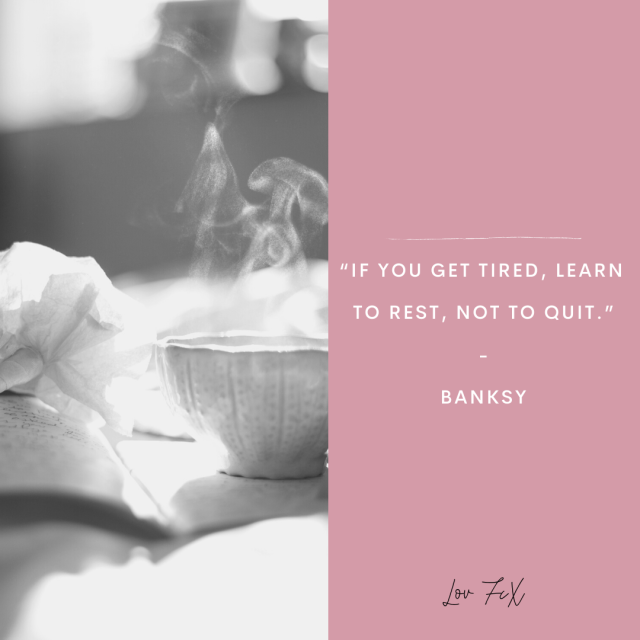How does using breathwork enhance performance?

How can breathing improve performance?
Deep breathing can help you stabilise your body, improve posture and lower your blood pressure.
Breathing exercises are significant in improving endurance, stamina and performance on the field or even in the office.
Breathing for Athlete Performance
Personally, I use the breath technique called ‘Breath of Fire’
This technique focuses on actively taking in belly breaths via the nostrils at a vigorous tempo. Breath of fire is often compared to how you breathe when hyperventilating.
However, the two are very different. Breath of fire is quick-paced, rhythmic, and can be sustained for a long period of time. This is where your inhale and exhale time is equal, with no pause in between breath. You should have two to three cycles of breathing in and out per second once you master breath of fire.
The power behind your breath comes from deep within your core. It originates from your belly button. When you breathe out, your navel and solar plexus press inward to your spine.
When performed correctly, your chest is lifted yet relaxed. Your hands, feet, face, and belly should also be relaxed. Performing this correctly is more important than the speed you perform this when you first start.
I use this practice everyday but avoid it during menstruation. You should avoid this practice if you are experiencing the following conditions:
- Pregnancy or menstruation. (practice long, deep breathing instead).
- Vertigo. Using this technique may cause your symptoms to worsen.
- Other health conditions such as high blood pressure, heart disease, and seizures.
The purpose for using this technique is that it improves my lung capacity, endurance and stamina.
For athletes this technique is useful if you want to increase alertness, energy and cognition. These benefits far out weight the coffee we use to increase alertness and is far healthier for you.
Science in Breathe
In this breathing technique you are enabling the sympathetic nervous system to elevate in a controlled environment and manipulating the breath to cope with physiological stress.
Not only is this useful when starting your day but it releases the neurotransmitter Acetylcholine.
Acetylcholine is a compound that is significant when stimulating motivation, alertness, cognition, memory and learning, as well as control over movement.
Breathe to Enhance Recovery
It also enhances recovery. As an athlete you are acutely aware of how quickly your body’s response to stress and stimulus is, as well as how quickly you are able to regulate your parasympathetic response for recovery. This part of your nervous system is accountable for things like rest, recovery and relaxation. When you are in a sympathetic state (during a competition or workout), you can use certain breathing techniques to accelerate recovery. This is incredibly important when you are competing in intervals, have little time to rest or simply need to re-energise for competition.
Breathwork will also improve your tolerance to high-intensity exercises and improve your aerobic metabolism. This will certainly carry over into the gym or any event you’re competing in without necessarily doing specific ‘cardio’ workouts.
You will also
- Expand your lung capacity, as well as activate the deepest regions of your lungs that aren’t used for typical breathing
- Strengthen your nervous system
- Increasing your resistance to stress
- Restore balance to your sympathetic and parasympathetic nervous systems
- Strengthen your bell muscles
- Increase your endurance for other physically demanding activities
- Energise your blood with additional oxygen
- Gain control over your impulses
- Increase delivery of oxygen to your brain and increase your ability to focus
- Boost your immune system, preventing illness and disease
How to perform Breath of Fire?
You can sit (shoulders and head over pelvis, shoulders back and down & chin tucked in),
Ensure you sit with a straight spine
You can elevate your pelvis so it tilts slightly if you are uncomfortable sitting in this position – this means sit on the edge of a cushion or blanket.
Now imagine you have a candle in front of your nose and you take a deep inhale through the nose and rapidly exhale through the nose (all the while trying to blow out the candle with your nasal exhale).
You will take a breath in, and use this technique to deeply inhale and exhale for about 10-15 repetitions.
The more frequently you practice, the better you will get and the longer duration you will be able to go for.
Please be mindful there maybe occasions where you can experience light-headedness. If this is uncomfortable, stop and try again later in the day or another day.
How to Enhance Recovery?
To stimulate and enhance recovery use box breathing:
You can sit (similar to the posture stated above) or lay down on your back
Relax all your muscles and release any tension you have in your body
Inhale for 4 seconds, push your lower back into the ground (if you are laying)
Pause for 4 seconds
Exhale (from the belly) for 4 seconds
Pause for 4 seconds
Try doing this for 2-3 minutes (longer if needed)
You may also increase your breath count to 4, 5, 6 or 8 as long as you are not gasping for air at any point.
The Technique
Try these breath techniques out. If you felt a little lost check out the latest short here demonstrating the techniques for you to try immediately.
Happy breathing!
Tulshi Varsani
Tulshi is a highly experienced coach with a passion for supporting both corporate and sporting clients to enhance their wellbeing and performance. She applies research led practices to monitor and test, enabling her clients to achieve long-term growth and development. Tulshi was the first Performance Manager and Coach for the 8x World Championship winning Mercedes AMG Petronas Formula One Team. Her responsibilities included managing the race team performance-testing and training programs. Including factory wide health & wellbeing initiatives. Tulshi is also a part of the Board of Advisors for a company LTAD. LTAD is a training pathway for young athletes within strength and conditioning.